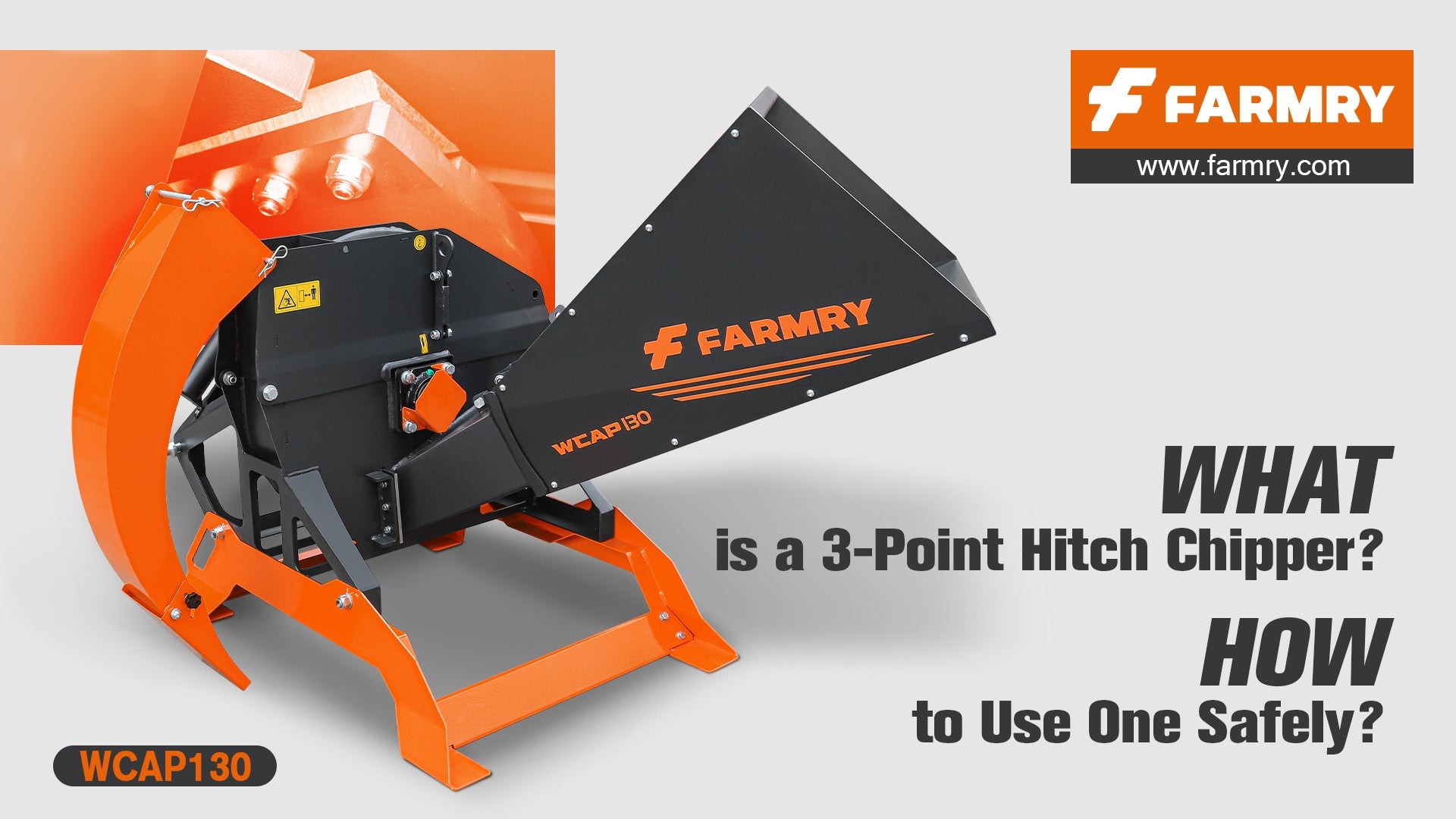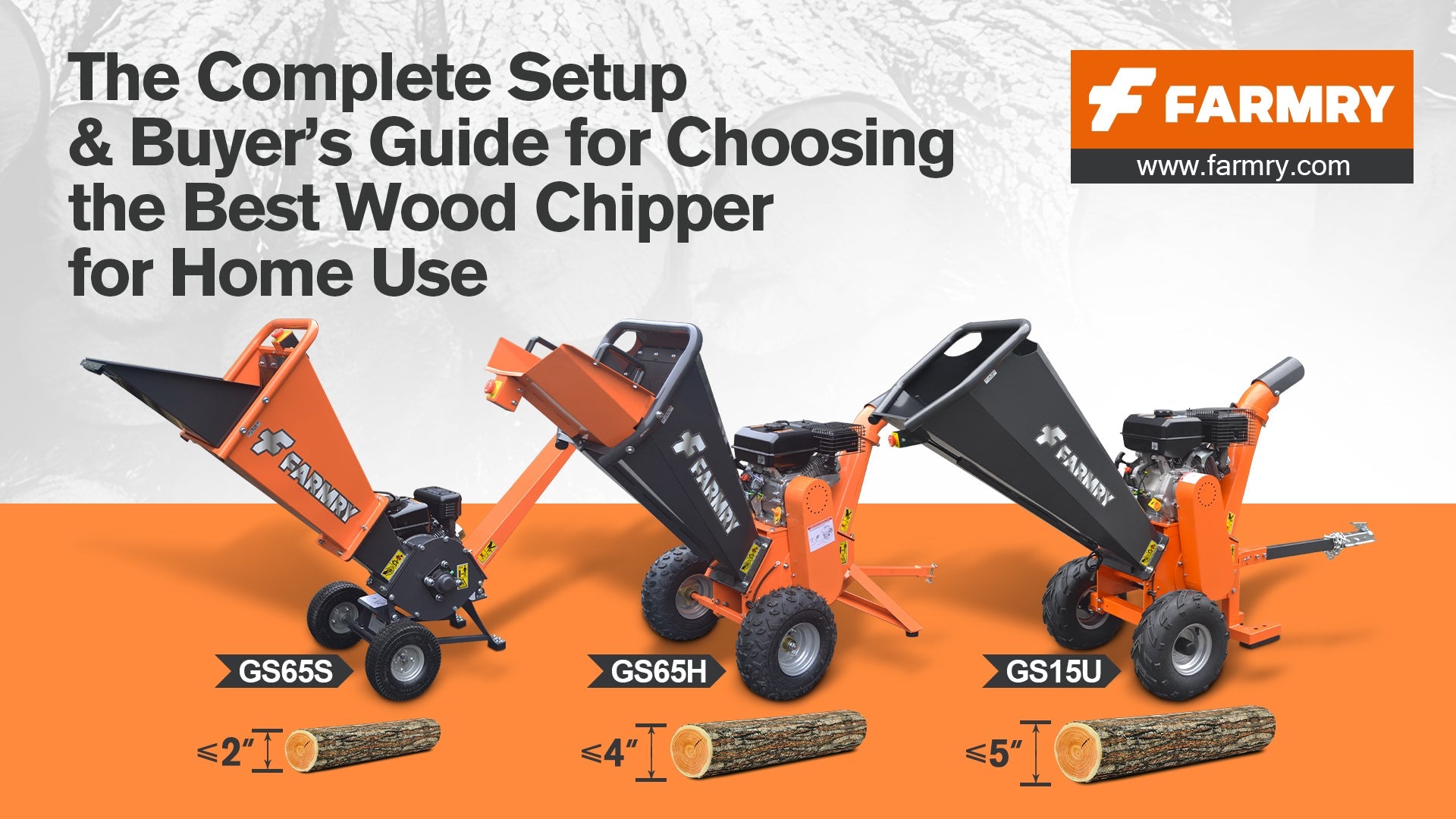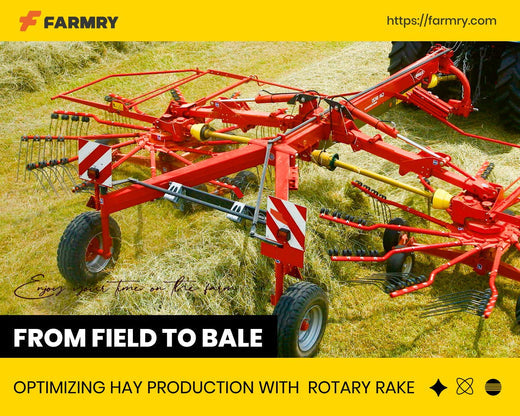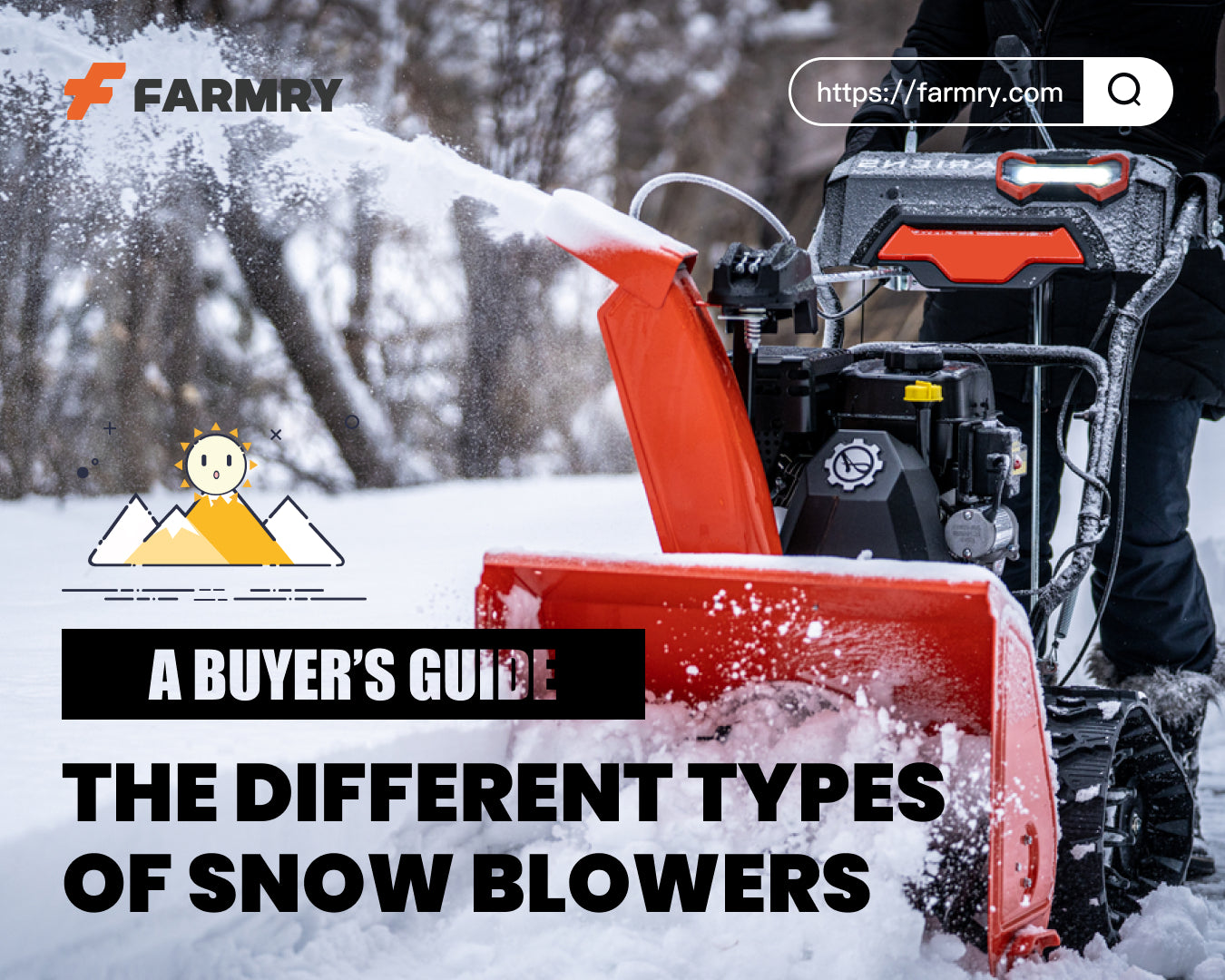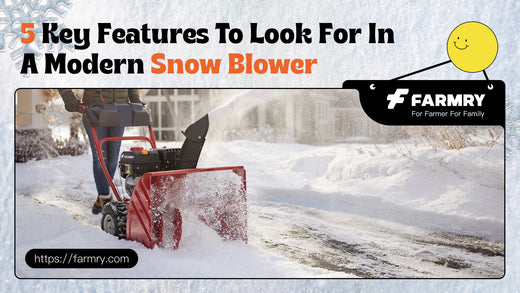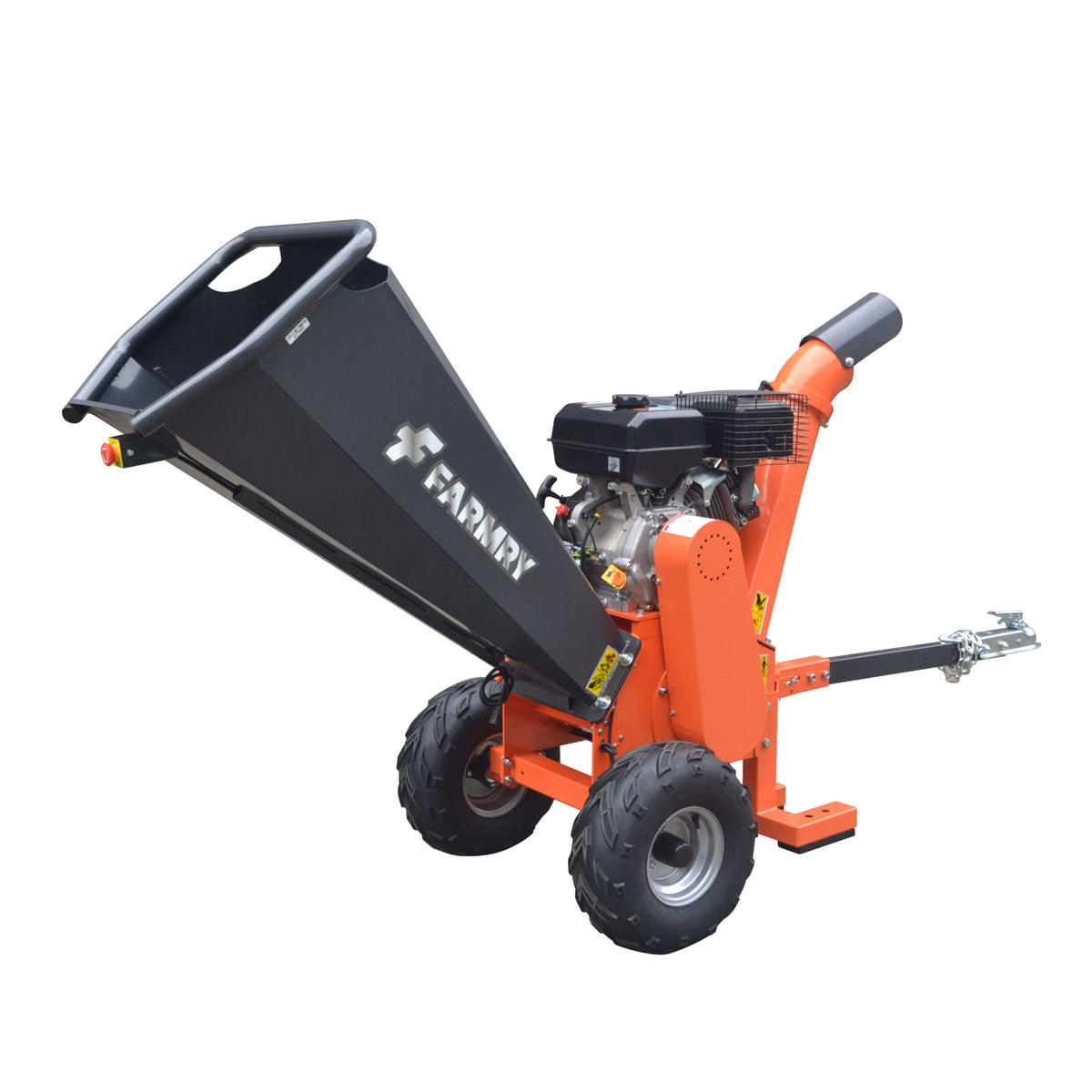3-Point Hitch Wood Chippers: The Complete Setup & Buyer Guide
 3-Point Hitch Wood Chippers: The Complete Setup & Buyer Guide
3-Point Hitch Wood Chippers: The Complete Setup & Buyer Guide
When it comes to managing brush, branches, and limbs on your property, few tools are as efficient and powerful as a 3-point hitch wood chipper. Designed to attach to your tractor's PTO, these machines turn large piles of debris into valuable mulch or wood chips, making cleanup fast and sustainable. In this comprehensive buyer guide, we’ll explore everything you need to know before buying a PTO wood chipper—from blade types and flywheel configurations to chute adjustability and hydraulic feed options. These units work great for large and small properties alike.
What Is a 3-Point Hitch Wood Chipper?
A 3-point hitch wood chipper is a piece of equipment that connects directly to the 3 point hitch of a tractor and is powered by the tractor's PTO (power take-off). Unlike gas-powered standalone chippers, these machines are ideal for landowners, farmers, and contractors who already use tractors and want more power without a separate engine to maintain. It makes short work of debris piles that would otherwise require hours of manual cleanup.
Benefits of Using a PTO Wood Chipper
1. Powerful Performance
-
The PTO shaft delivers high torque directly to the chipper's rotor, enabling it to process thick branches and limbs up to 8 inches in diameter.
-
More rotor weight means more flywheel momentum and better chipping efficiency.
2. Cost-Effective
-
Since there’s no need for a standalone engine, costs are lower in both purchase and long-term maintenance.
3. Effortless Material Handling
-
Features like self feeding chute and hydraulic infeed eliminate the need to push material manually, reducing operator fatigue and improving safety.
-
These chippers make it easy to move forward with clean-up jobs that would otherwise take multiple weekends of effort.
4. Versatile Applications
-
Ideal for clearing fence lines, processing storm debris like ice storm damage, managing orchard prunings, or making mulch for gardens.
Key Components to Consider
1. Rotor & Flywheel
-
The rotor is the heart of the chipper. Heavier flywheels store more kinetic energy, which helps chip tough materials.
-
Look for models with well-balanced rotors to reduce vibration. This makes short work of dense brush and tangled stuff.
2. Chipper Blades
-
High-quality chipper blades make clean cuts and reduce strain on the system.
-
Choose reversible blades to double the lifespan and reduce downtime.
3. Feed System
-
Hydraulic infeed and feed rollers allow the chipper to pull in brush and twigs automatically.
-
Machines with infeed rollers are faster and safer to operate.
4. Infeed Chute
-
A wide infeed chute allows you to feed in tangled branches without pre-cutting.
-
Some units come with self feeding chute designs for hands-free use.
5. Adjustable Exit Chute
-
An adjustable exit chute gives you control over chip direction—ideal for directing chips into a trailer or designated pile.
6. Quick Hitch Compatibility
-
Make setup easier with a quick hitch-compatible chipper that allows fast attachment to the tractor.
Types of PTO Wood Chippers
Gravity-Feed Chippers
-
Best for smaller branches (under 3 inches in diameter).
-
Simple and lightweight but require manual feeding.
Hydraulic Feed Chippers
-
Feature hydraulic infeed and feed rollers.
-
Handle larger limbs, piles of brush, and tangled materials easily. They work great for large properties with heavy stuff to clear.
Important Specs to Compare
|
Feature |
Importance |
|---|---|
|
Chipper Capacity (inches) |
Determines max branch size it can handle |
|
Flywheel Weight (lbs) |
Affects momentum and chip smoothness |
|
PTO HP Requirement |
Ensure your tractor's PTO can power it |
|
Rotor Speed (RPM) |
Impacts chipping speed and efficiency |
|
Number of Blades |
More blades = finer chips |
|
Weight of Unit |
Heavier = sturdier, but affects portability |
Maintenance Tips for Longevity
-
Keep chipper blades sharp and replace or flip reversible blades regularly.
-
Lubricate infeed rollers, rotor bearings, and pto shaft couplings.
-
Clean the chute and flywheel housing after each use.
-
Check the manual for specific maintenance intervals and safety checks.
Use Cases: Who Needs a 3-Point Hitch Wood Chipper?
1. Small Farm Owners
-
Clean up limbs after pruning orchards.
-
Manage overgrowth along fields or pastures. These machines make short work of seasonal brush clearing.
2. Homesteaders
-
Turn fallen branches into useful mulch.
-
Reduce piles of debris after seasonal storms. A little effort goes a long way with the right equipment.
3. Landscapers & Arborists
-
Use machines with hydraulic infeed to speed up jobsite cleanup. They help move the job forward quickly.
4. Municipal Maintenance Crews
-
Efficiently chip roadside brush and storm cleanup. These units work great for heavy-duty municipal use.
5. DIY Property Managers
-
Utilize a 3-point hitch chipper with auto feed to handle cleanup without extra labor. Tackle all the leftover stuff on your land with less effort.
What to Look for When Buying
-
Build Quality: High-grade steel, welds, and coatings for outdoor durability.
-
Safety Features: Emergency shutoff, intake guards, and anti-kickback mechanisms.
-
Customer Support: Look for sellers offering strong support, contact access, and clear setup manuals.
-
Reviews: Check customer reviews on performance, ease of setup, and reliability.
Farmry.com: High-Quality PTO Wood Chippers
At Farmry, we offer a carefully curated selection of PTO wood chippers compatible with your 3 point hitch setup. Each unit is equipped with features like infeed chutes, adjustable exit chutes, pto shafts, and reversible blades—everything you need to get the job done right.
Whether you're managing limbs, twigs, or entire piles of brush, our collection includes robust machines with durable rotors and efficient feed systems to maximize productivity. These chippers truly make short work of big jobs and work great on any property with dense growth or fallen stuff.
Final Thoughts
Choosing the right 3-point hitch chipper means evaluating not just specs like diameter capacity or pto power—but also how it fits into your workflow. From chute adjustability to quick hitch compatibility, every feature adds value for specific needs. Invest in a chipper that turns your tractor's PTO into a brush-clearing, wood chipper powerhouse.
If you have any questions, visit our website, read real reviews, or contact our team for personalized guidance.

